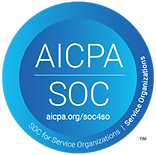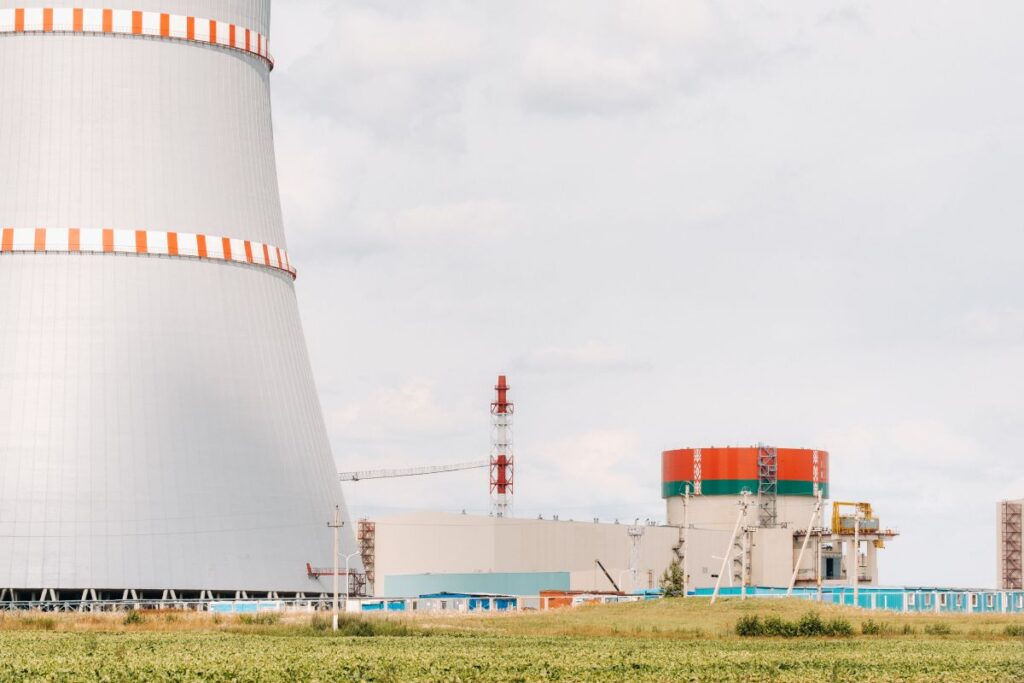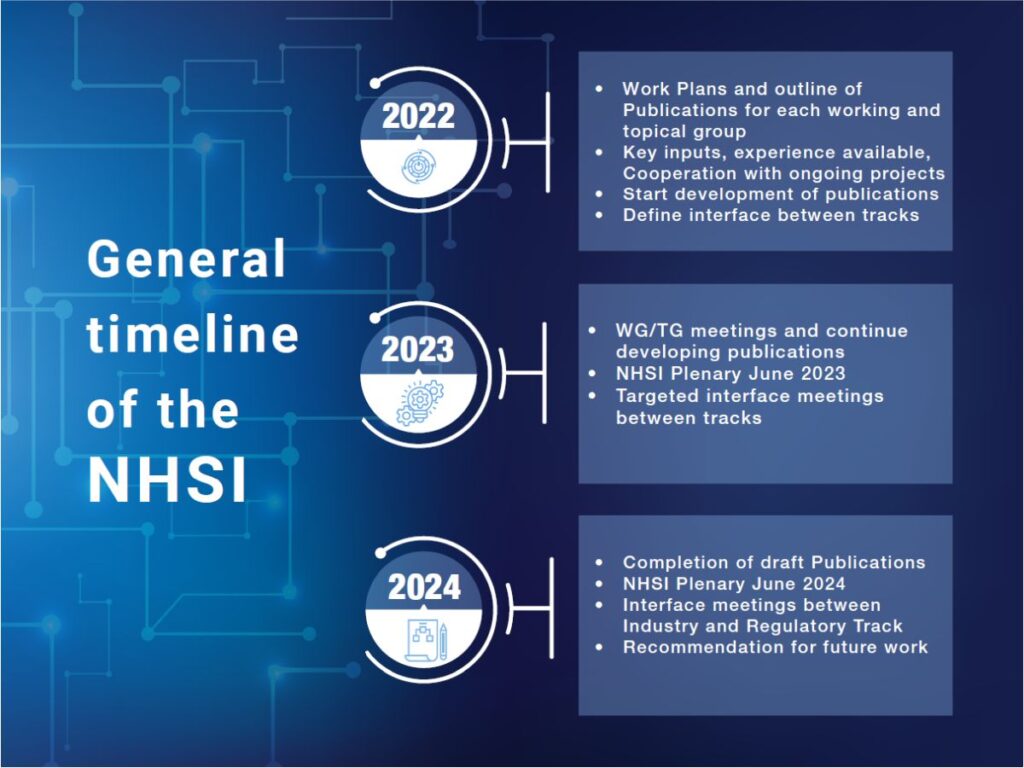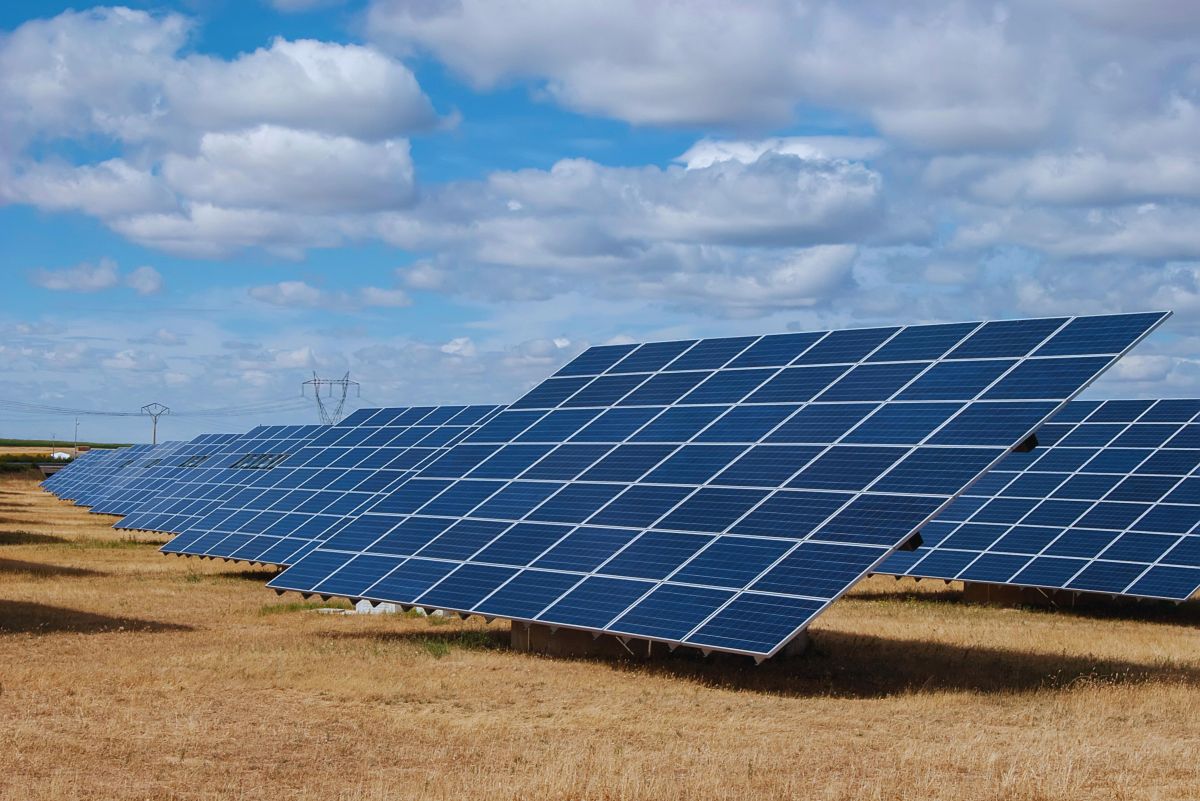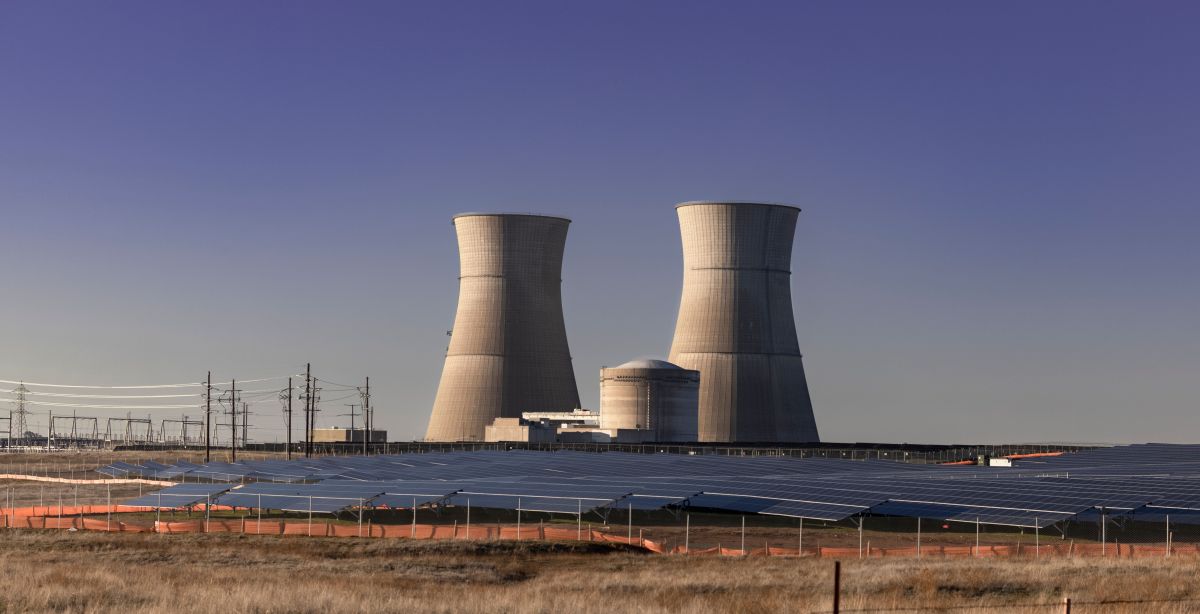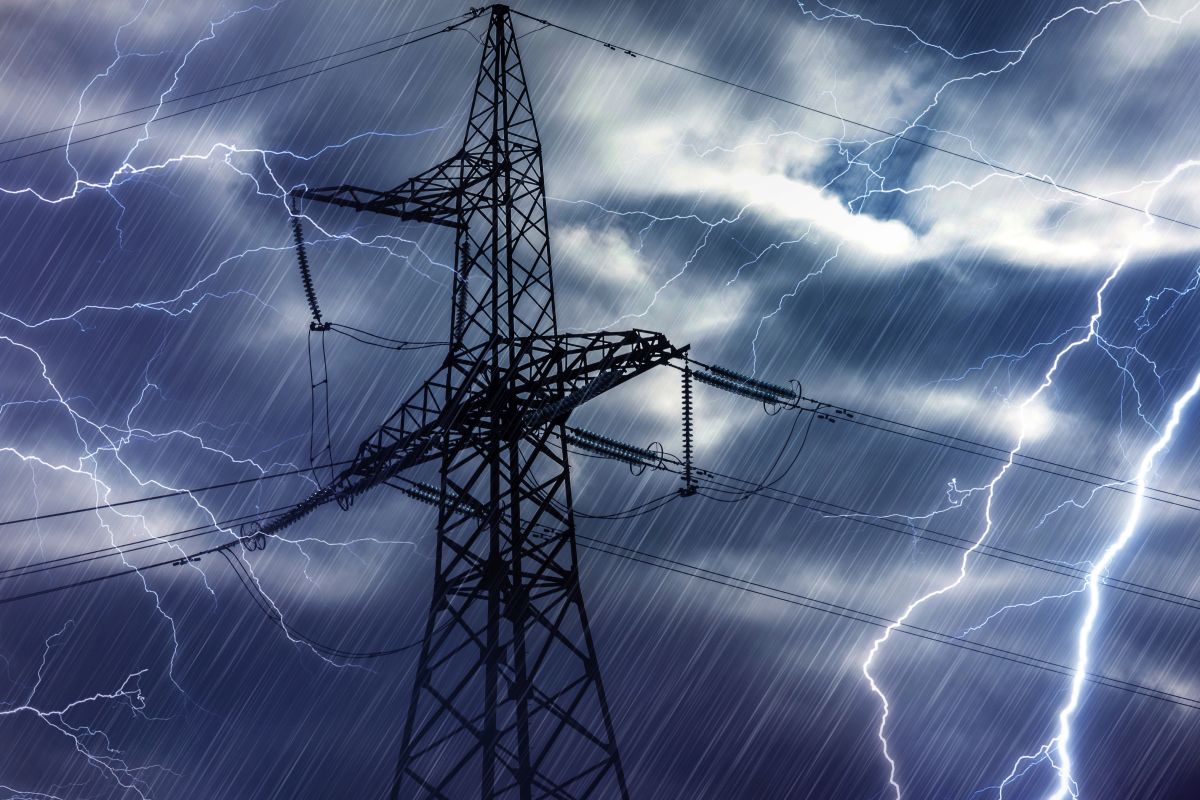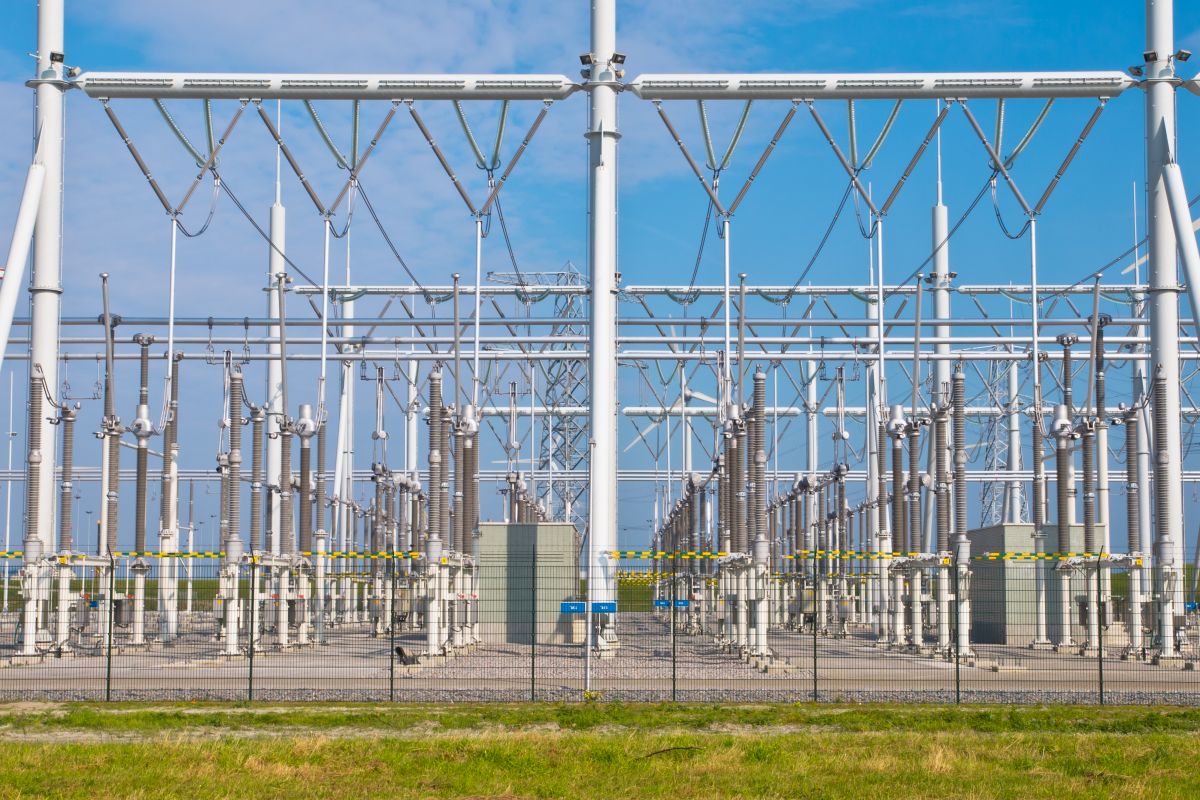The nuclear energy landscape is transforming at an unprecedented pace. The progression into 2025 invites worldwide regulatory bodies to implement major transformations that simultaneously solve current challenges and create opportunities for future technological advancements. Nuclear operators need to stay ahead of these implementations for both compliance purposes and continued operational excellence in their dynamically complex setting.
Here are the ten most critical regulatory recommendations that will help the nuclear industry comply with Nuclear Regulatory Commission (NRC) standards in 2025.
1. Strengthening Cybersecurity Measures
To deal with increasing cyberattacks on critical infrastructure, the NRC is ensuring that nuclear power plant licensees follow the cybersecurity requirements set by 10 CFR 73.54. Even though quarterly penetration testing and keeping a thorough record of all digital assets are not required by the regulations, every facility is advised to use advanced intrusion detection systems and strong cybersecurity measures. The NRC has also provided guidance on implementing Zero Trust Architectures (ZTA) to enhance cybersecurity postures.
2. Modernizing Emergency Preparedness
New regulations from the NRC address alternative emergency plans for Small Modular Reactors (SMRs) and other new technologies since they are not like large light-water reactors. Changes are being made to offer a flexible and safer approach to emergency preparedness. While full-scale, unannounced simulations during night and weekend scenarios are not explicitly mandated, operators are expected to demonstrate effective coordination with local emergency services and maintain robust public communication systems.
3. Spent Fuel Storage Under Scrutiny
The International Atomic Energy Agency (IAEA) emphasizes the importance of safe and secure spent fuel management and radioactive waste. While specific new requirements have not been universally implemented, facilities are encouraged to adopt enhanced cooling system monitoring, conduct regular structural integrity assessments, and implement leak detection protocols, especially for aging infrastructure.
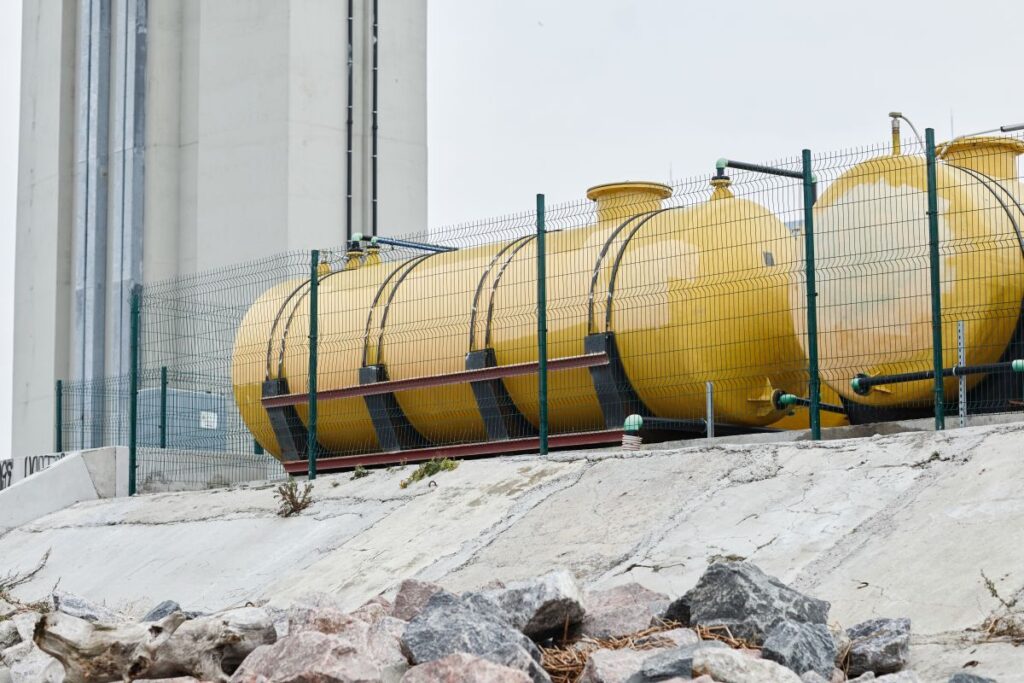
4. Maintaining Radiation Protection Standards
The Environmental Protection Agency (EPA) continues to enforce radiation exposure thresholds to safeguard workers and the public. Current regulations set limits on environmental radiation from the use of radioactive elements, and there have been no recent changes to these thresholds. Facilities are expected to maintain continuous dosimeter monitoring and adhere to established exclusion zones, ensuring transparency in public reporting.
5. SMRs Face Growing Pains
While SMRs are making progress in development, the NRC is developing a new licensing process for them through Part 53, focusing on using new technologies, considering risks, and judging performance. This initiative is designed to offer operators of nuclear plants better understanding and flexibility for investing in newer technologies.
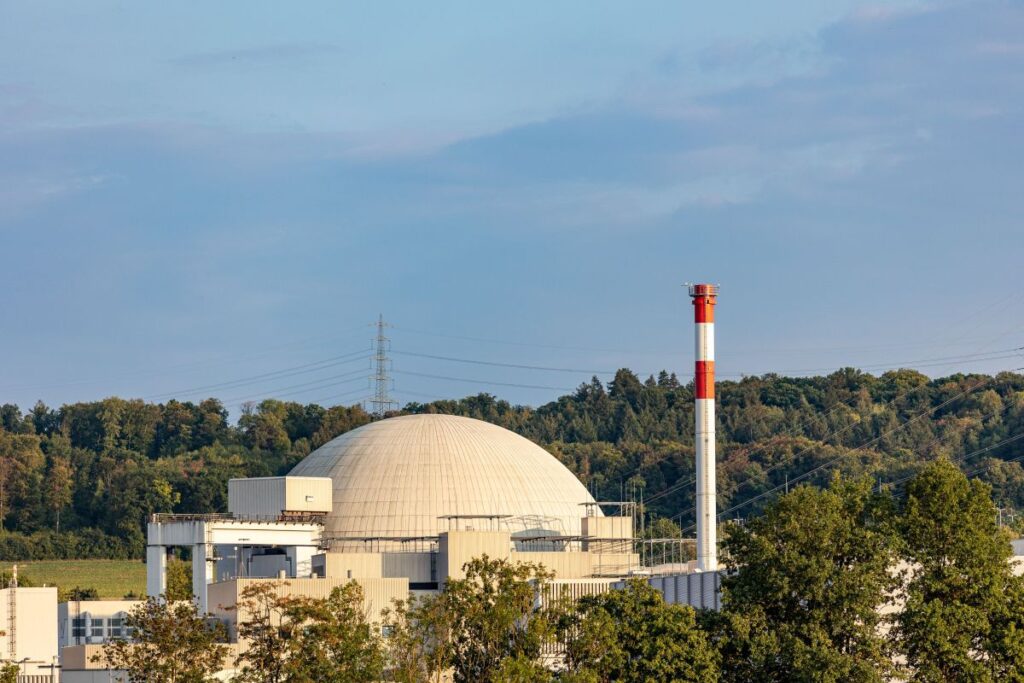
6. Encouraging Digital Transformation
The NRC acknowledges that digital technologies, such as AI, can improve the operations of nuclear facilities. AI-driven monitoring or predictive maintenance systems are not yet required by any regulations, but the NRC continues to interact with different parties and stresses the significance of safeguarding safety and security.
7. Environmental Assessments Get Comprehensive
Under National Environmental Policy Act (NEPA) guidelines, the NRC has released a Generic Environmental Impact Statement (GEIS) to discuss the safe licensing of new nuclear reactors. The goal of this GEIS is to make it easier to review advanced reactors, ensuring that climate risks and future water use effects are properly assessed.
8. Supply Chain Security Tightens
Given the troubling state of the world and difficulties with supply chains, the NRC stresses the use of strong supply chain risk management in cybersecurity approaches. It is important for facilities to perform vendor checks, track all the materials they use, and conduct audits often to ensure that all components and services brought in are trustworthy, primarily from overseas or legacy systems.
9. Workforce Training Enters a New Era
To protect the nuclear industry, the Department of Energy (DOE) has introduced various initiatives that train personnel and help develop the workforce. They are designed to secure the necessary team of dedicated and skilled workers to safely and efficiently run the nuclear fleet and help develop new or improved safety qualifications in compliance with the NRC standards.
10. The Global Standardization Push
The IAEA’s Nuclear Harmonization and Standardization Initiative (NHSI) seeks to facilitate the global deployment of safe and secure advanced nuclear reactors by harmonizing regulatory approaches and standardizing industrial practices. This initiative aims to reduce regulatory fragmentation across borders, simplifying compliance for multinational operators, and fostering international collaboration.
Conclusion
Operators of nuclear plants deal with challenges and can take new chances in 2025 to ensure safety, security, and resilient operations. When operators are aware of new regulations proposed by the NRC and act on them, they can avoid accidents and mishaps. When these changes are addressed before they become issues, operators can meet regulations, improve business operations, boost trust in their work, and be ready for any coming risks.
Disclaimer: Any opinions expressed in this blog do not necessarily reflect the opinions of Certrec. This content is meant for informational purposes only.
